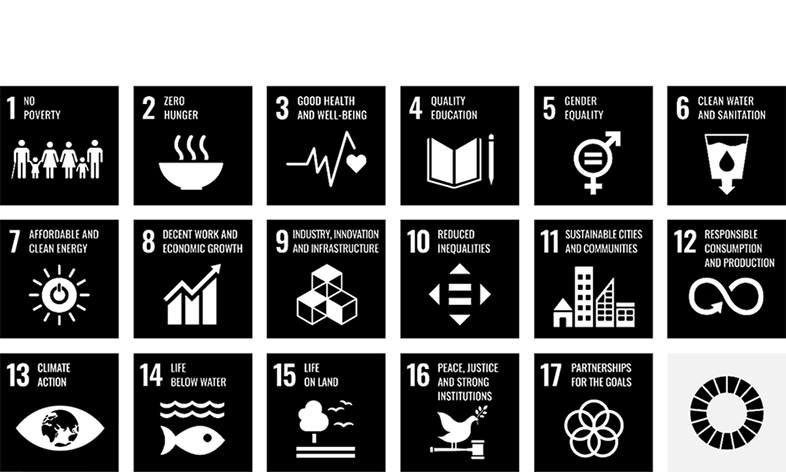Sustainability
Reports
Our yearly report showing initiatives and achievements of the Mitsubishi Electric Group, as we help realize a sustainable society.

Policy on Sustainability Information Disclosure
Information on this website introduces our sustainability activities for the period covered by the Report
April 1, 2023 – March 31, 2024
- * Also includes some information on policies, targets, and plans for fiscal 2025 and thereafter.
Sustainability management

To address sustainability at the management level and ensure long-term commitment, the Mitsubishi Electric Group has identified five areas as materiality (important challenges) to "Provide solutions to social challenges through our businesses" and to "Strengthen our business foundation to enable sustainable growth."
Management message
The Mitsubishi Electric Group positioned realizing sustainability as the cornerstone of corporate management. In accordance with this policy, we aim to comprehensively accelerate the Group’s sustainability management on a global level.
Environment
- Environmental Sustainability Vision 2050
- Environmental policy
- Climate change initiatives (Dinclosure based on TCFD)
- Environmental management system
- Helping to build a green society
- Environmental considerations in value chain management
- Biodiversity preservation activities
- Environmental data
- Creating a society in tune with nature

Social
- Quality
- Human rights
- Human capital
- Supply chain management (Procurement)
- Philanthropic activities
- Social data

Governance
- Corporate governance
- Risk management
- Compliance
- Tax initiatives
- Information security
- Governance data

